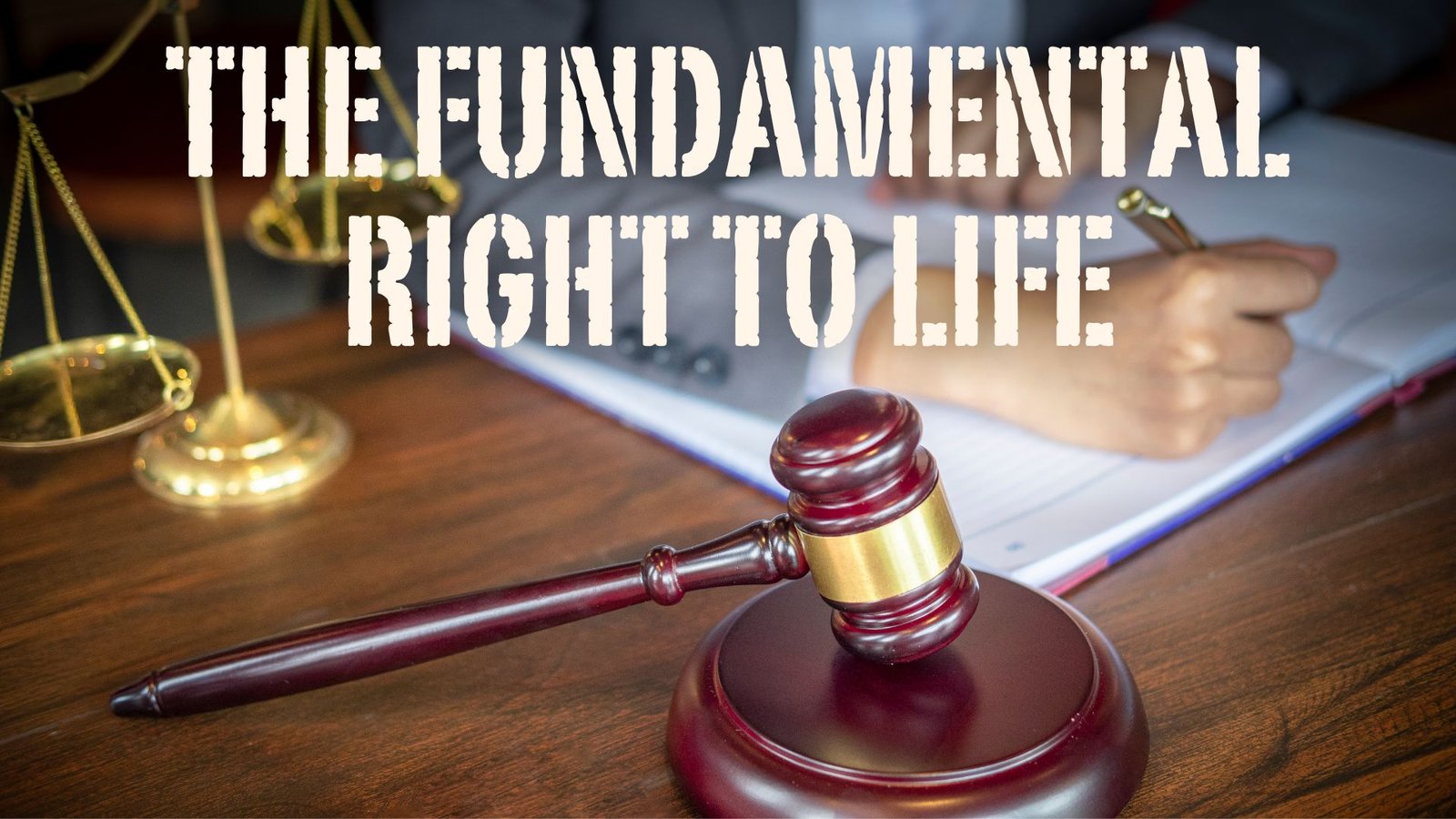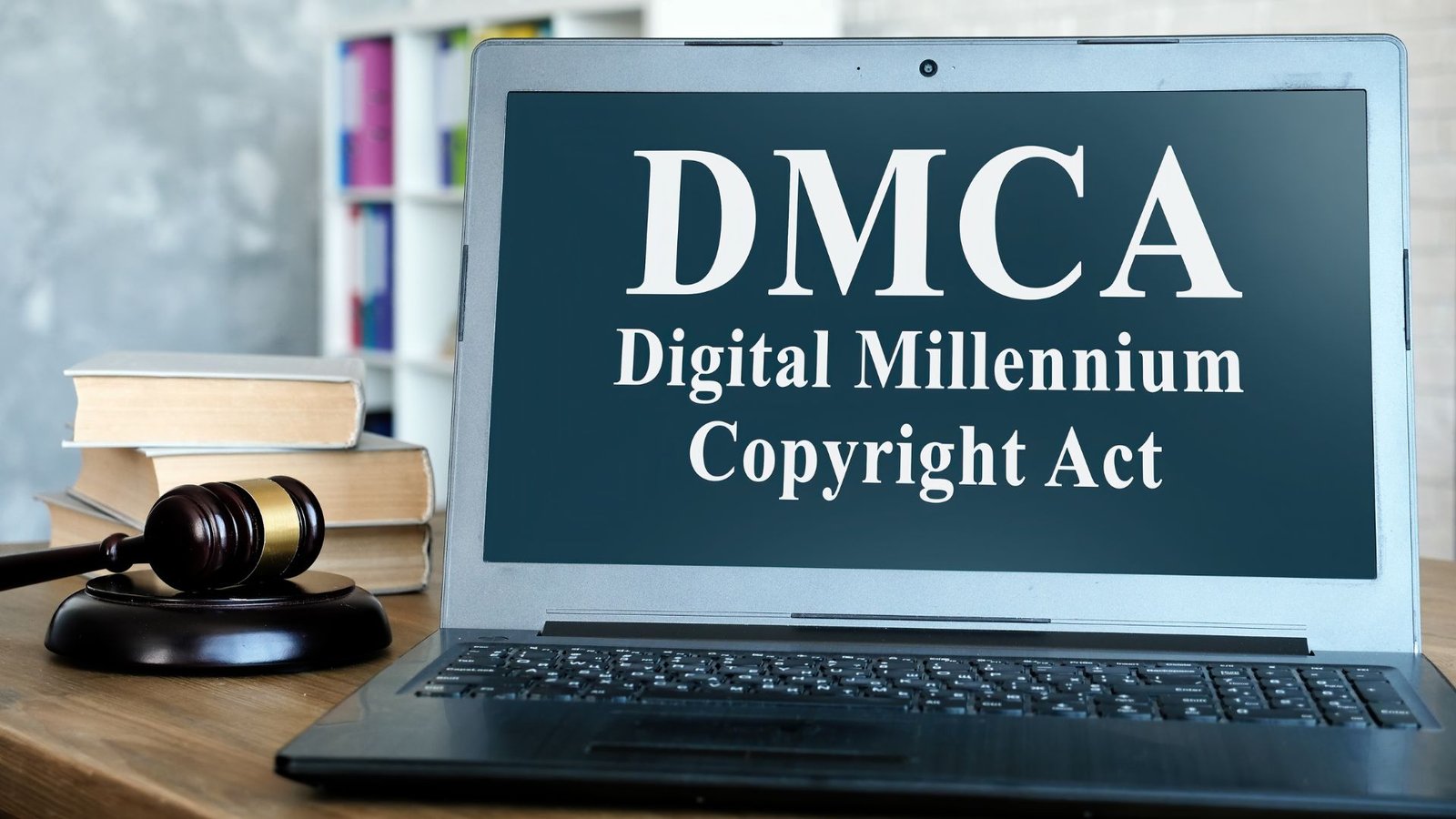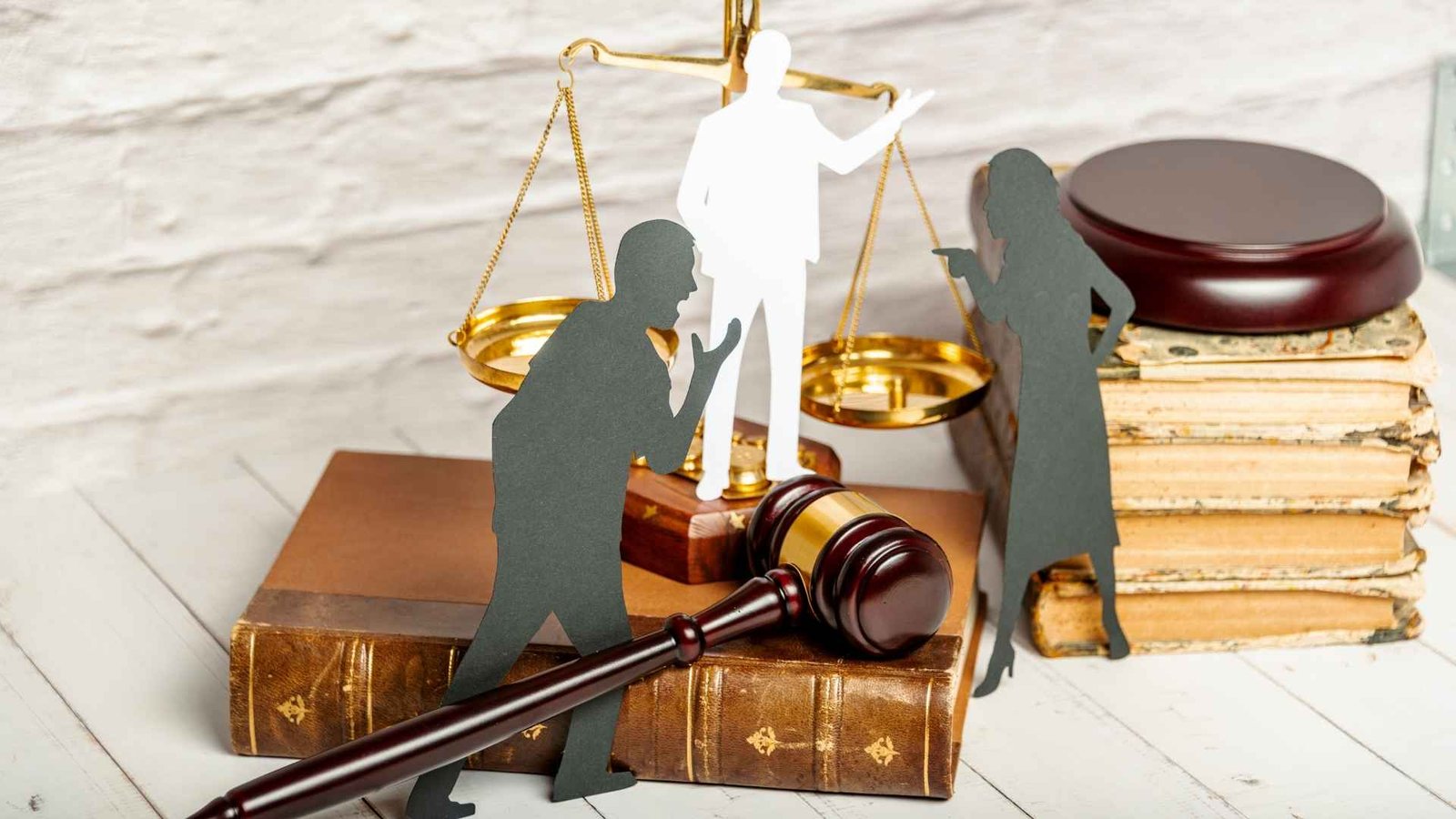On this page you will read detailed information about The Fundamental Right to Life.
It is incumbent upon us as members of society to consider the fundamental right to life. As citizens who share common values of liberty and justice, we must thoughtfully examine what the right to life entails and how it impacts policies related to healthcare, capital punishment, and abortion. Though reasonable people may disagree on these complex issues, we have a duty to approach them with compassion, seeking to understand multiple perspectives. Our shared humanity calls us to wrestle with questions about when life begins and ends justly. In doing so openly yet respectfully, we uphold human dignity. Through reasoned discourse, we can gain wisdom and clarity around life’s mysteries.
The Universal Right to Life
The right to life is a fundamental human right that is enshrined in several key international human rights documents. This right sets forth the ethical principle that every human being has an inherent right to live and not be killed by another human being or the state.
- The United Nations’ Universal Declaration of Human Rights states that “everyone has the right to life, liberty and security of person.” This serves as the basis for the international recognition of the right to life.
- Regional treaties like the European Convention on Human Rights and the American Convention on Human Rights also guarantee the right to life and prohibit the death penalty.
- Domestically, most countries’ constitutions recognize citizens’ basic right to life and personal inviolability. Laws generally prohibit murder, manslaughter, and other violations of human life.
Though universally valued, the right to life has its tensions and grey areas:
- Abortion remains a highly debated issue involving the mother’s rights versus the unborn’s right to life. Views differ greatly on when life begins.
- Euthanasia for terminally ill patients also causes disagreement between the right to die with dignity and protecting human life.
- The death penalty, where legal, also raises moral issues regarding taking a criminal’s life as lawful state punishment.
In essence, the right to life seeks to uphold human dignity. But its complex intersections with human choice, autonomy over one’s body, policy, and ethics make it an evolving topic of discussion. With empathy and nuance, societies continue striving to balance moral concerns with human need.
Protecting the Right to Life in the U.S. Constitution
The right to life is a fundamental human right that deserves the full protection of the U.S. Constitution. However, there is disagreement about how to best protect this right. Some key areas of debate include:
- Abortion – Whether or not the Constitution should protect the right to life from conception, or if a woman has a right to access abortion services. This is a complex issue with reasonable arguments on multiple sides.
- Capital punishment – Whether or not the state should have the ability to administer the death penalty. There are good faith disputes about if capital punishment violates the right to life or if it is a justified punishment in extreme cases.
- Healthcare – Whether healthcare is a human right, and if the government should guarantee access through universal healthcare programs. There are complex policy implications regarding budget constraints, individual mandates, and government overreach into the healthcare system.
- Gun regulation – Determining the appropriate balance between the right to bear arms and protecting citizens from violence. Well-intentioned people can thoughtfully disagree on the efficacy and constitutionality of various gun control measures.
There are no easy answers when balancing competing rights and values. However, through open and respectful democratic debate, compromises can potentially be reached that uphold core American ideals of life, liberty and justice. Any policies should aim to be evidence-based, avoid overreach, and respect the equal dignity of all human life. With compassion and moral courage, progress can be made to form a more just society.
In the previous post, we had shared information about Understanding the Digital Millennium Copyright Act, so read that post also.
Threats to the Right to Life Today
The right to life is considered a fundamental human right. However, our society still faces threats that undermine this basic right. Some key dangers include:
- War and violent conflicts that result in civilian casualties
- Lack of access to adequate healthcare, food, clean water, which causes preventable deaths
- Domestic violence, homicide and violent crime
- Human trafficking and modern-day slavery
- Government repression and authoritarian regimes that violate rights
- Poverty and income inequality creating barriers to opportunity
- Environmental threats like pollution and climate change
Protecting the right to life requires addressing these systemic issues. Comprehensive solutions should aim to foster peace, justice, sustainable development and good governance globally. Domestically, policies around crime prevention, healthcare access, living wages and climate action can help defend this foundational human right.
Collaborative efforts between governments, businesses, communities and individuals are necessary. The challenges are complex, but the moral imperative is clear – every human life has equal worth. Upholding the right to life demands persistent, thoughtful, compassionate action in the face of threats both old and new.
Upholding the Right to Life Ethically and Legally
The fundamental human right to life is central to moral philosophy and legal codes around the world. As human beings, we have a collective duty to uphold and preserve this right.
Ethical Perspectives
Several ethical frameworks assert that human life has inherent moral worth:
- Deontological ethics state that human life and dignity must be respected as an inviolable moral absolute, not contingent on social utility or circumstances. Taking innocent human life deliberately violates moral rules.
- Virtue ethics focuses on cultivating human excellence and eudaimonia (flourishing). Since human life is the substrate making this possible, it has intrinsic value worth preserving.
- Religious ethics like the “sanctity of life” doctrine contend human life is sacred, bestowed by a higher power. Life cannot be disposed of arbitrarily but must be allowed to fulfill divine purpose.
While ethical frameworks may differ on scope, most agree that human life merits reverence and defense from unjust violation.
Legal Provisions
The right to life features prominently in legal documents worldwide:
- The United Nations’ Universal Declaration of Human Rights recognizes the right to life as the foundation for other rights. Governments must not arbitrarily deprive humans of life.
- National constitutions echo this principle. The United States’ 14th Amendment stipulates that no state shall “deprive any person of life…without due process of law.”
- Laws against homicide and statutes determining applications of deadly force aim to balance preservation of life with reasonable defenses, reprisals, and punishments.
Upholding the right to life requires conscientious moral reflection and continual re-assessment of laws to ensure they respect the value of human life. As ethics evolves with society, so must legislation, through open democratic discourse and nonviolent civic participation. The right to life merits such dedicated safeguarding.
Right to Life Issues: Common Questions
When it comes to the fundamental right to life, several key issues tend to arise:
When Does Life Begin?
- There are differing viewpoints on when human life begins. Some argue life starts at conception, while others argue that human life begins later in development. There are reasoned arguments on multiple sides of this issue.
Abortion
- The issue of abortion involves weighing the right of the unborn fetus to life against the right of a woman to control her own body. There are many nuanced positions that acknowledge the complexity of this issue.
Euthanasia
- Euthanasia raises questions around the right to choose the timing and manner of one’s own death, particularly in terminal illness situations. There are reasoned arguments for and against.
Capital Punishment
- Though legal in some places, capital punishment is controversial. Opponents argue that state-sanctioned killing violates human rights, while proponents argue it is justified for the most serious crimes. There is room for thoughtful dialogue on both sides.
Warfare
- The realities of warfare inevitably involve the loss of human life, raising questions around the justifications required for military action that may result in casualties. Reasonable people can disagree on the appropriate thresholds and protocols.
In discussing these issues, it is important to consider multiple perspectives, acknowledge nuance, and debate respectfully. There may not be definitive answers, but meaningful dialogue can lead to greater wisdom and understanding.
Conclusion
As a society, we must uphold the fundamental right to life for all persons, regardless of age, ability, or circumstance. Though views differ greatly on issues of abortion, euthanasia, and other life issues, if we fail to protect and defend the right to live, all other rights we claim to value are diminished. You have a responsibility to thoughtfully consider these issues as you vote, advocate, and shape discussions in your own spheres of influence. Approach them with empathy, wisdom and care as together we seek to build a culture that respects and protects life at all stages.
Disclaimer
The information and services on this website are not intended to and shall not be used as legal advice. You should consult a Legal Professional for any legal or solicited advice. While we have good faith and our own independent research to every information listed on the website and do our best to ensure that the data provided is accurate. However, we do not guarantee the information provided is accurate and make no representation or warranty of any kind, express or implied, regarding the accuracy, adequacy, validity, reliability, availability, or completeness of any information on the Site. UNDER NO CIRCUMSTANCES SHALL WE HAVE ANY LIABILITY TO YOU FOR ANY LOSS OR DAMAGE OF ANY KIND INCURRED AS A RESULT OR RELIANCE ON ANY INFORMATION PROVIDED ON THE SITE. YOUR USE OF THE SITE AND YOUR RELIANCE ON ANY INFORMATION ON THE SITE IS SOLELY AT YOUR OWN RISK. Comments on this website are the sole responsibility of their writers so the accuracy, completeness, veracity, honesty, factuality and politeness of comments are not guaranteed.
So friends, today we talked about The Fundamental Right to Life, hope you liked our post.
If you liked the information about The Fundamental Right to Life, then definitely share this article with your friends.








